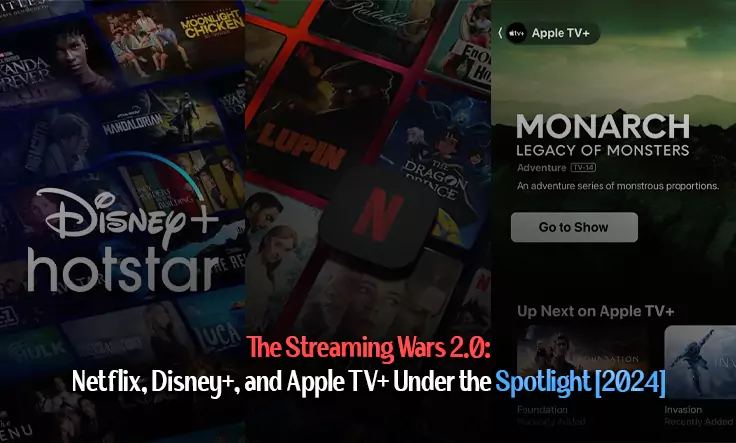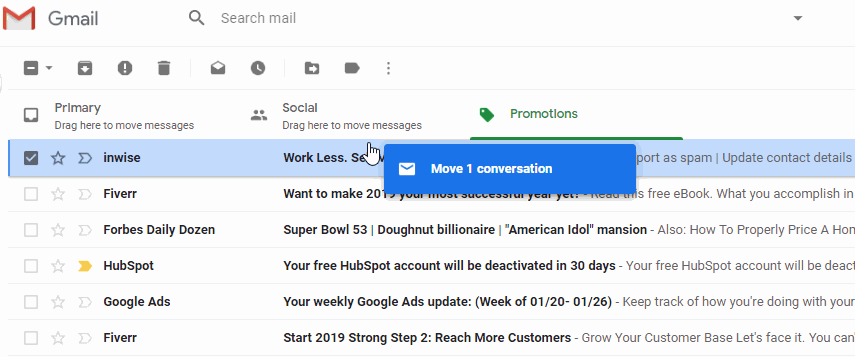Introduction
In recent years, the entertainment landscape has experienced a seismic shift, largely thanks to the rise of streaming services.
Gone are the days of aimlessly flipping through countless cable channels in search of something to watch; instead, platforms such as Netflix, Disney+, and Apple TV+ have ushered in an era of on-demand entertainment, granting viewers unprecedented control over their viewing experiences.
However, just as audiences have grown accustomed to the convenience and variety offered by these streaming giants, a new chapter is emerging – Streaming Wars 2.0.
This next phase is characterized by intensified competition among both established players and newcomers alike, all vying for a slice of the ever-expanding streaming pie.
With an array of new platforms entering the fray, offering exclusive content, innovative features, and competitive pricing, consumers are faced with more choices than ever before.
As the battle for subscribers heats up, the implications for content creators, distributors, and viewers are profound, shaping not only the future of entertainment but also the way we interact with and consume media on a global scale.
The Evolution of Streaming
In the not-so-distant past, subscribing to multiple streaming services was a luxury reserved for the tech-savvy and well-off. But as the streaming market has matured, so too have consumer expectations. No longer satisfied with a single platform, viewers demand choice, flexibility, and affordability.
This has given rise to a new era of competition – one defined by bundling, budget-friendly options, and even the reintroduction of ads. Streaming giants, once focused solely on amassing exclusive content, now pivot towards offering diverse packages that cater to different audience segments. Moreover, partnerships between platforms have emerged, allowing for streamlined access to a multitude of services under a single subscription.
This evolution has democratized entertainment consumption, making it accessible to a wider demographic. However, it also poses challenges, such as the fragmentation of content and the dilemma of subscription fatigue.
As the streaming landscape continues to evolve, the key to success lies in striking a balance between variety, affordability, and user experience.
The Rise of Smart Bundling
The Appeal of Bundling
The appeal of bundling services lies in its ability to alleviate the financial strain on consumers while offering convenience and value. In today's digital age, where streaming services dominate entertainment consumption, the costs of subscribing to multiple platforms can accumulate rapidly, leading to subscription fatigue.
However, smart bundling initiatives, pioneered by companies like AT&T, present a compelling solution. By combining internet, phone services, and access to sought-after streaming platforms such as HBO Max into a single package, providers not only streamline the billing process for customers but also offer attractive discounts or incentives.
This strategy not only fosters customer loyalty but also acts as a deterrent against subscriber churn, a significant concern in the competitive landscape of telecommunications and media industries.
Moreover, bundling encourages consumers to explore additional services they may not have considered individually, thereby expanding the provider's revenue streams.
Overall, the appeal of bundling lies in its ability to provide cost-effective solutions, enhance customer satisfaction, and fortify the provider's position in the market.
Catering to Consumer Needs
Smart bundling isn't just about saving money; it's about catering to the diverse needs of modern consumers. With an ever-expanding array of content available across different platforms, bundling allows viewers to access a wider range of shows and movies without breaking the bank. Whether it's the latest blockbuster release or a niche indie film, bundling ensures there's something for everyone.
The Return of Ads:
Ad-Supported Viewing
In a surprising turn of events, ad-supported viewing has made a comeback in the streaming world. Once considered the bane of the couch potato's existence, ads are now being embraced as a means of offering more affordable subscription options.
Netflix, long synonymous with ad-free viewing, recently introduced an ad-supported tier at a lower price point, appealing to budget-conscious viewers and those willing to tolerate occasional commercial breaks.
Balancing Act
For streaming platforms, the decision to introduce ads represents a delicate balancing act between revenue generation and viewer satisfaction.
While some may baulk at the idea of interrupting their binge-watching sessions with ads, others see it as a small price to pay for access to premium content at a discounted rate. Ultimately, the success of ad-supported viewing hinges on striking the right balance between ad frequency and viewer engagement.
A Closer Look at the Players
Netflix: Reigning Supreme
As the pioneer of subscription-based streaming, Netflix continues to dominate the market with its vast library of original content. From the dark fantasy series Stranger Things to the period drama Bridgerton, Netflix has something for everyone.
With a YTD stock growth of 16.04% as of March 14, 2024, Netflix shows no signs of slowing down.
Disney+: The Magical Kingdom
Disney's streaming platform offers a treasure trove of Hollywood blockbusters, beloved classics, and iconic Marvel superhero shows.
With the recent addition of ESPN+ content, Disney+ caters to sports fans as well. While specific financials for Disney+ are not disclosed, the Walt Disney Company has seen a YTD stock value gain of 24.02%, indicating strong performance.
Apple TV+: Quality Over Quantity
While not as extensive as its competitors, Apple TV+ is known for its high-quality productions.
From the workplace comedy Severance to the sports drama Ted Lasso, Apple TV+ offers a curated selection of content aimed at discerning viewers.
Although Apple's stock has experienced some fluctuations in 2024, the company's long-term growth potential remains promising.
Conclusion:
As the battle for streaming supremacy rages on, one thing is clear – viewers are the ultimate winners. With innovative bundling options, budget-friendly pricing, and the reintroduction of ads, the future of streaming promises something for everyone.
So, the next time you're faced with the daunting task of choosing what to watch, remember that the power is in your hands. Happy streaming!
FAQs
Is bundling streaming services cost-effective?
Bundling can be a cost-effective solution for accessing a wide range of content across different platforms. However, it's essential to compare prices and offerings to ensure you're getting the best deal.
How do ad-supported streaming services impact viewer experience?
Ad-supported streaming services offer lower subscription rates but may interrupt viewing with commercial breaks. Whether this impacts the viewer experience depends on individual preferences and tolerance for ads.
Which streaming platform is best for families?
Disney+ is a popular choice for families, offering a diverse selection of content suitable for all ages, including classic Disney movies, Pixar films, and family-friendly TV shows.
Are there any drawbacks to bundling streaming services?
One potential drawback of bundling is that it can limit flexibility, as subscribers may be locked into long-term contracts or bundled packages that include services they don't necessarily need.
What sets Apple TV+ apart from other streaming platforms?
Apple TV+ distinguishes itself with its focus on quality over quantity, offering a curated selection of high-quality original content aimed at discerning viewers.











 1,499
1,499
